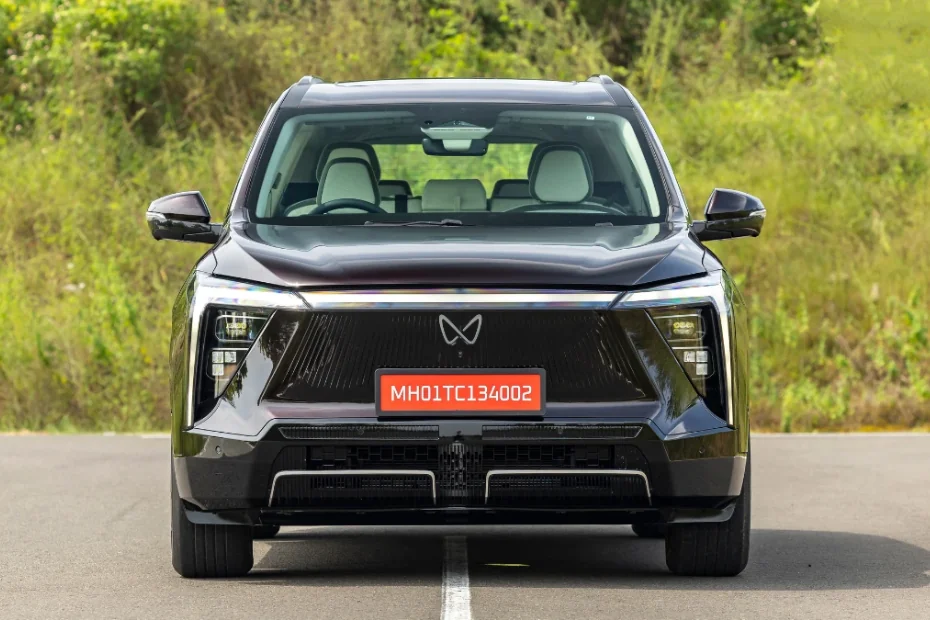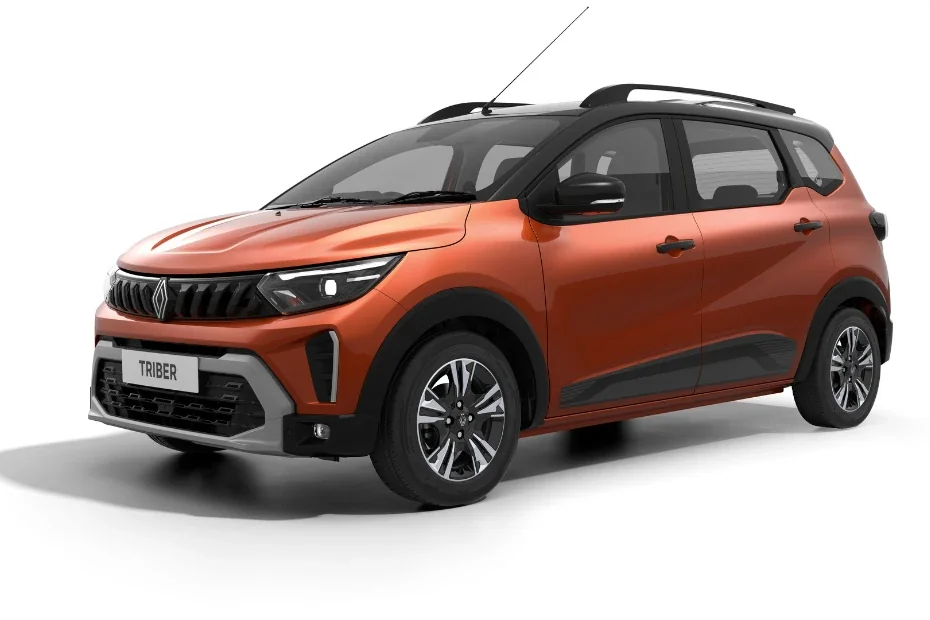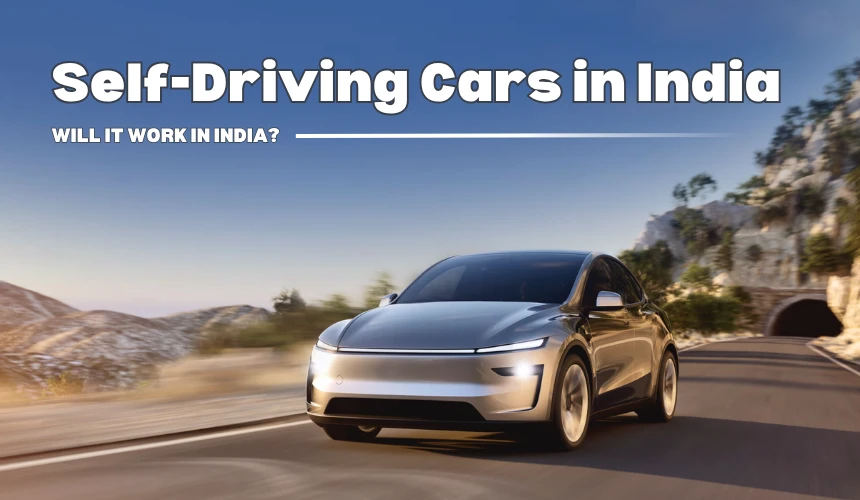
The term "advanced driver assistance systems," or "ADAS," refers to a rising range of safety features aimed at improving driver, passenger, and pedestrian safety by lowering the severity and overall number of motor vehicle accidents. ADAS can warn drivers of potential threats, intervene to help the driver maintain control and, if required, decrease the severity of an accident if it cannot be prevented.
Modern driver-assistance systems (ADAS) are electronic systems in vehicles that help the driver by utilising advanced technology. Many active safety elements can be found in them, and the phrases "ADAS" and "active safety" are frequently interchanged.
ADAS senses the world around the car using sensors such as radar and cameras, and then either delivers information to the driver or takes autonomous action based on what it sees.
Warning or Caution are words that will almost always appear in ADAS. For example, systems such as blind spot warning and rear backup warning will inform the driver if the car detects an object like another vehicle or a cyclist in an area where the driver may not be able to see them. Similarly, if the system detects that the car is spraying out of its lane, it may trigger a lane departure warning to alert the driver.
When these sensors are combined with technology that goes beyond a simple warning, ADAS transforms into an active safety system, which means the car will "actively" handle braking and steering. The word "help" is usually included in the name of these features.
These elements have the potential to significantly improve ADAS' ability to save lives. The Insurance Institute for Highway Safety, for example, determined that forward collision warning systems cut front-to-rear collisions by 27%, and that percentage almost doubles when the system also includes the ability to brake autonomously. Similarly, rearview cameras reduce back collisions by 17%, but rear automatic braking reduces them by a whopping 78%.
ADAS also incorporates propulsion features like adaptive cruise control, which adjusts the vehicle's speed to maintain a safe distance from the vehicle ahead of it. In other situations, such as interstate driving or stop-and-go traffic, more advanced ADAS capabilities can even manage steering and propulsion without the need for hands-on control from the driver. These are known as Level 2+ active safety systems, and they incorporate some of the most sophisticated features currently available.
While the increasing capabilities of increasingly complex systems are improving vehicle safety, a distinction must be made between ADAS, which is designed to assist with the task of driving, and autonomous or self-driving functionality, which is ultimately intended to take control of the vehicle away from a driver. The former is now widely available, whereas the latter is not.
Some of the major cars coming with the ADAS technology are Mahindra XUV 700 and MG Gloster. Find best deals on MG cars and best deals on Mahindra Cars only on Car Lelo.
About Author
Car Lelo was launched with a vision of making the car buying effortless and was designed keeping in mind all the ifs and buts that overshadow the car buying experience. We at Car Lelo strongly believe; buying a car is a unique escapade that does not happen every day. We strongly put in our efforts to deliver an overall bespoke experience to our customers. We bring it all together on a single platform, starting from choosing your car online to selecting colours, variants, and the paperwork. With our remarkably easy user experience, we aim to drive transparency throughout the purchase process. We at Car Lelo offer deals on cars and offer the highest satisfaction after the car is delivered. Car Lelo aims to cut out on the daily hassle and bring ease to your fingertips.
Top Car Brands in India
Top Car Brands in India
Trending Car News in India
Trending Cars in India
Trusted Dealer
All Over India
Irresistible Offers
Stay Updated, Pay Less
Compare Cars
Choose the Right Car
Easy Finance
Multiple Finance Options

Monday - Saturday
10:00am - 6:30pm
+91 7947722777, +91 7479000444, +91 9311718549
contact@carlelo.com























































